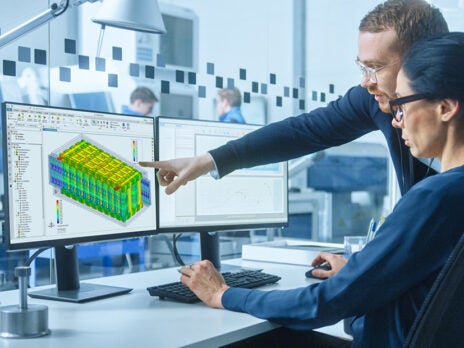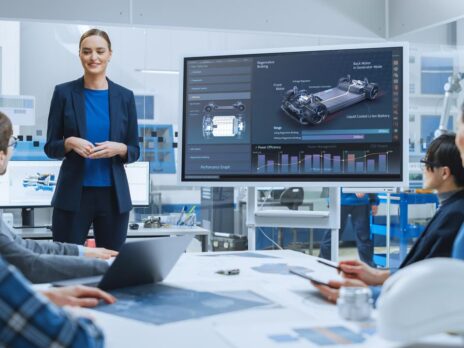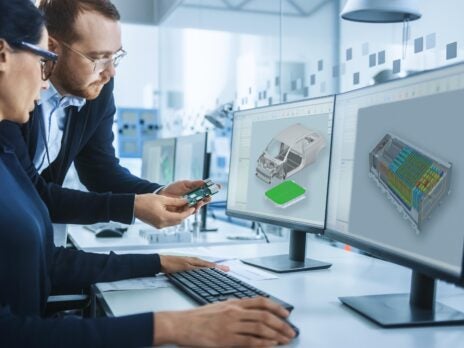2021 was another memorable year for everyone and for all sorts of reasons. We had a bumpy recovery from the worst of the Covid pandemic, but the automotive industry was also hammered by a shortage of semiconductor parts. In your business, what stands out as the biggest challenges you faced over the past year?
Recovering from the effects of the pandemic has been difficult, but what’s accentuated any issues is the seismic shift that the automotive industry is experiencing as a result of E-mobility. The strong and accelerating society demand of sustainability for a better and greener future is putting an enormous pressure on the change towards E-Mobility. The switch from conventional ICE to alternative powertrains was completely expected, but what has been a surprise is the sheer pace of this progression. The number of innovations and changes that are all happening simultaneously, plus the speed of implementing these developments, is new to everyone and very challenging. Regulation and bans are securing EV adoption now and already in Europe, we have seen eight nations declaring separate targets for moving to zero emission vehicles by 2045 or sooner.
In summary, we can say the speed towards achieving E-Mobility and new complexity in the manufacturing resulting from different powertrains are the biggest challenges in 2021. Of course, they are accelerated by global mega trends like the pandemic, material shortage and trade conflicts.
Any high spots or successes you’d like to share?
There can be no denying that 2021 has been a difficult year, but there’s also been some great achievements. Highlights include the February launch of our latest collaborative robots (cobots), award recognition for the innovation and environmental benefits displayed by our PixelPaint robotic painting solution, and the acquisition of ASTI Mobile Robotics Group, a leading global Autonomous Mobile Robot (AMR) manufacturer. Amongst this, our highly flexible solutions to enable OEMs to rapidly scale-up production and transition from ICE to EV production continue to gain favour with manufacturers. These include unravelling traditional long-line production architectures by deploying dedicated modular cells, providing manufacturers with the ability to modify or even replace individual cells without incurring costly production interruptions.
In line with our purchase of ASTI Mobile Robotics Group, one of the most significant technologies in supporting this flexibility is the switch to more autonomous logistics and material handling in plants, with OEMs increasingly relying on AMRs to move materials flexibly. Cellular manufacturing also allows robots to be redeployed or moved to areas of high demand with a “lift and shift” process, meaning an asset can extend its life beyond its original purpose.
Content from our partners



How are you feeling about 2022 – both in terms of business prospects and more generally?
I am feeling very positive for 2022. Unfortunately, the Covid-influenced new normal is here to stay. A lot of changes will remain in terms of how we work and the use of digital tools in our lives, but we now need to look forward as there are some fantastic opportunities ahead. For example, the automotive industry is at the forefront of enabling CO2 emission reduction and has the potential to deliver a hugely positive impact on climate change to drive sustainability. E-mobility shows a great potential for new growth opportunities and will give the automotive market a positive push, we already can see this in China. There’s a lot of innovation required and, in the pipeline, so while it’s a difficult time, it’s also an incredibly exciting one.
Is anything emerging as a particular concern in terms of the outlook?
The semiconductor shortage is a threat that we need to monitor closely, while global supply chains could be a concern. We need to rethink and look for a balance between nearshoring products to reduce shipping yet at the same time keep a close eye on costs. As said the pandemic is and will remain as a major factor of uncertainty also in the coming years.
Do you have a message for Just Auto’s readers?
The pandemic is far from over, but the outlook for the automotive industry is certainly improving. Covid has accelerated trends and it’s been encouraging to see how businesses have adapted in such unprecedented circumstances. It’s something that we keep coming back to, but this is probably the most exciting time to be in the automotive industry since the mass production of cars first started.
Related Companies
Credit: Source link





















